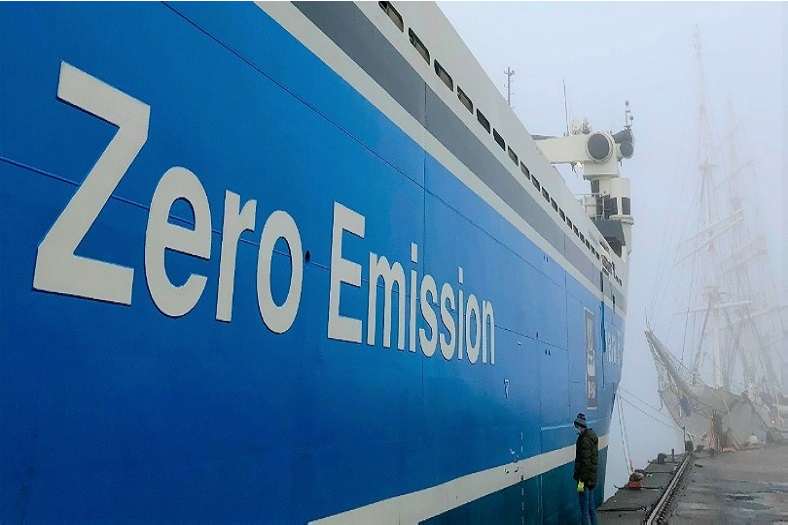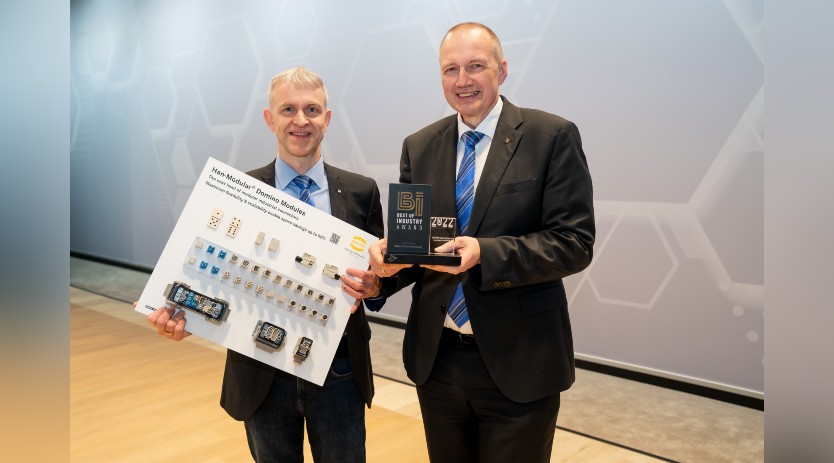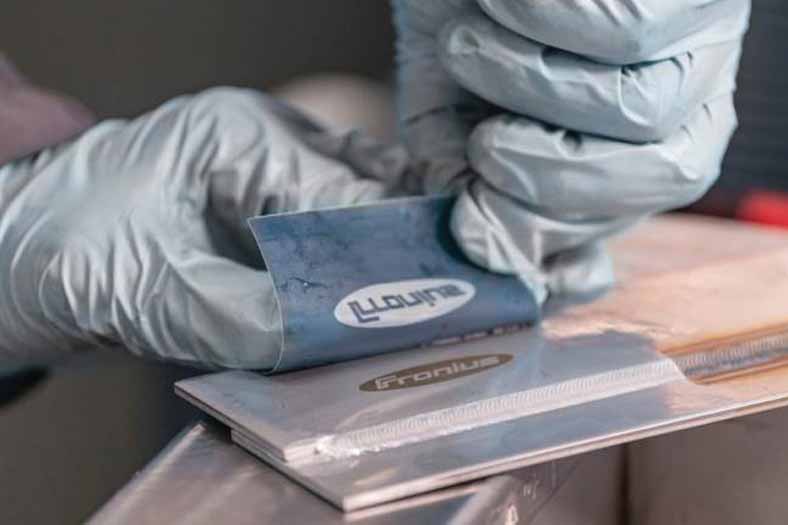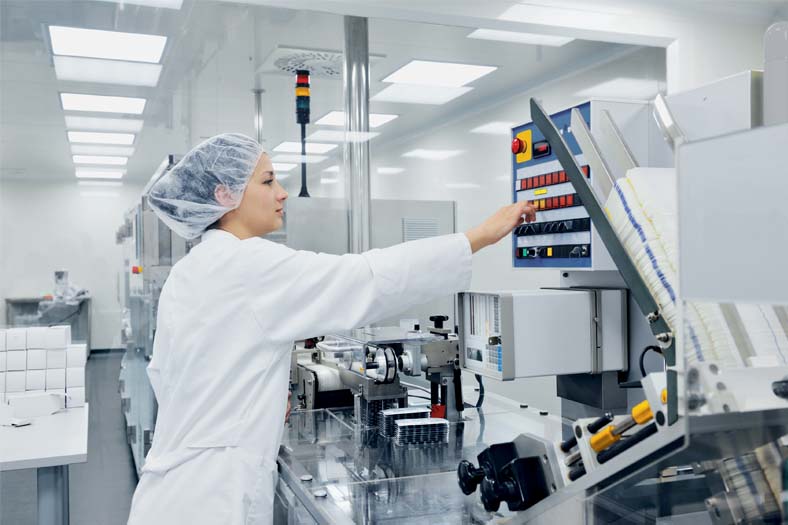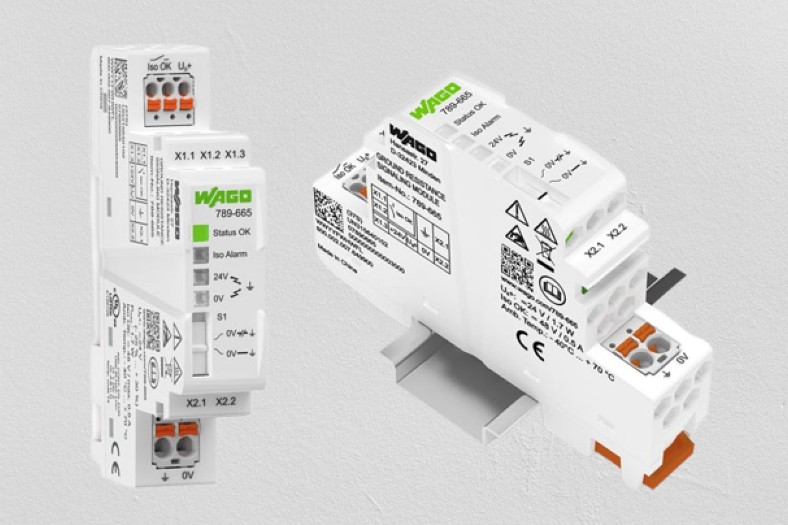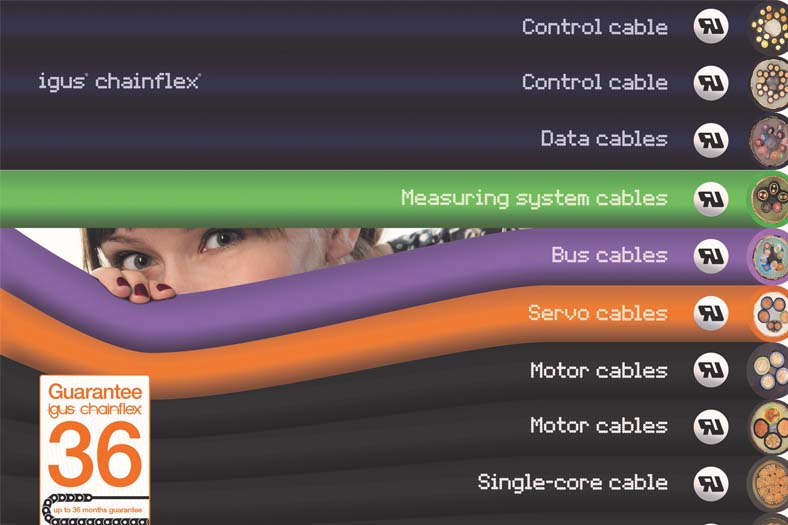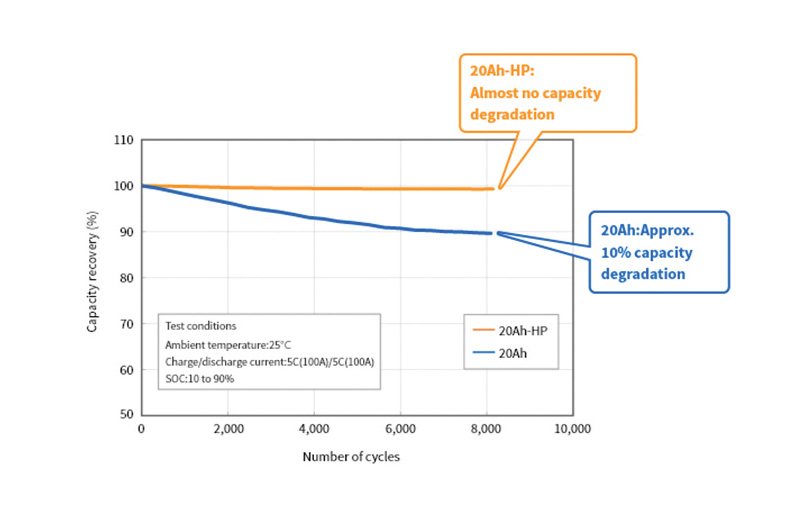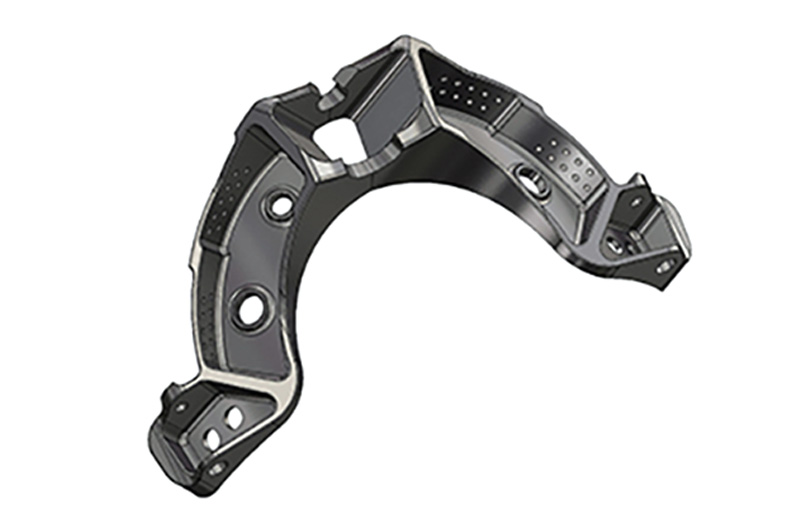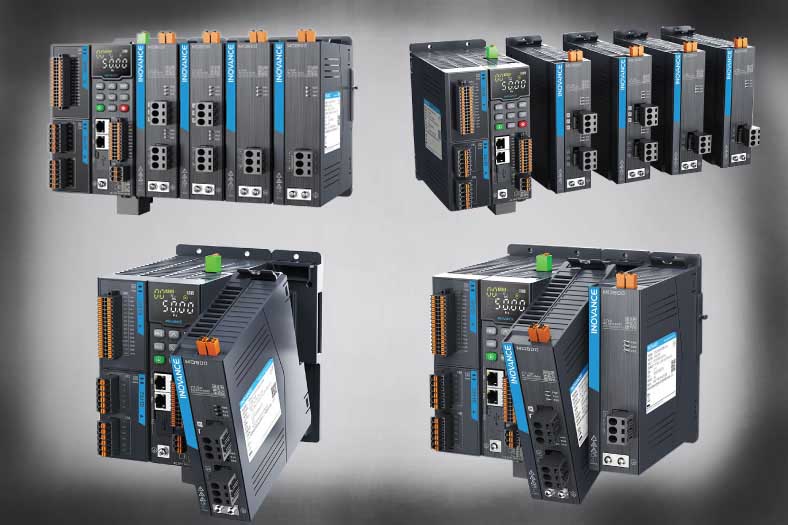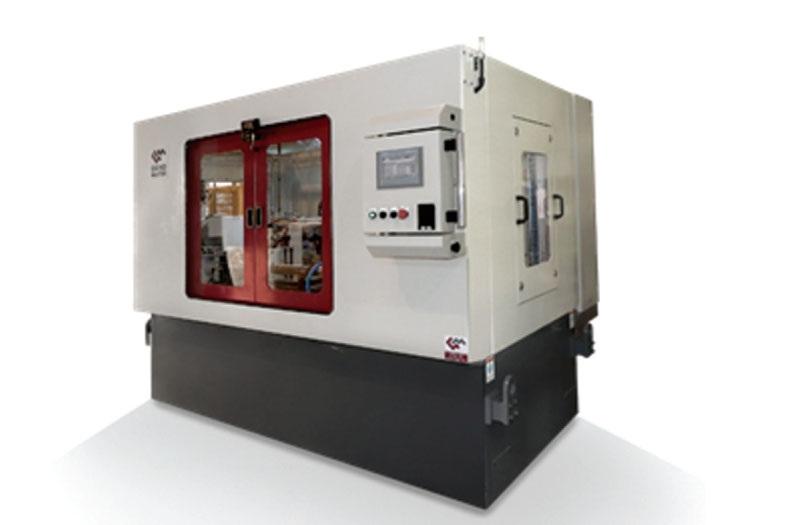Paving way for zero-emission future
September 2, 2021 5:08 pm
EPA to overhaul pollution standards for passenger vehicles and heavy-duty trucks.
Environmental Protection Agency (EPA) is proposing to set robust federal greenhouse gas (GHG) emissions standards for passenger cars and light trucks to secure pollution reductions through Model Year (MY) 2026. The proposal, which revises standards set by the previous administration, also outlines the Agency’s plans to initiate a subsequent rulemaking to set standards for MY 2027 and beyond, to speed the transition of the light-duty vehicle fleet toward a zero emissions future. In addition, EPA is announcing plans to update air pollution standards for heavy-duty vehicles.
The proposal would get EPA’s clean cars program back on track using technology available to make vehicles cleaner and to encourage more hybrid and electric vehicle technology. The proposed 2023-2026 MY light-duty standards would achieve significant GHG and other pollution reductions and related public health and welfare benefits.
EPA Administrator Michael S. Regan said, “Today, EPA takes a major step forward in delivering on President Biden’s ambitious agenda to address the climate crisis and create good paying, union jobs. These robust standards are underpinned by sound science and technical expertise, encouraging the development of technology and innovation that will drive America forward into a clean energy future. We are excited about building on the partnerships with states, cities, industry, labour, and NGO stakeholders to realise this vision together.”
To revise the previous administration’s standards, under its “SAFE” rule in 2020, the proposal would establish more stringent standards for each model year starting in 2023. The proposed standards drive 10 percent greater emissions improvement than the SAFE rule standards for MY 2023 vehicles and then 5 percent greater emissions improvement each year after.
EPA estimates that this proposal would result in 2.2 billion tons of avoided CO2 emissions through 2050. With the fuel savings, consumers would benefit from reduced operating costs over the vehicles’ lifetimes. EPA’s analysis shows that manufacturers would be able to comply with these stronger standards using technology that is already used in today’s vehicles including technologies that improve efficiency of internal combustion vehicles, with modest increases in the numbers of electric vehicles entering the fleet.
Separately, EPA announces plans to reduce GHG emissions and other harmful air pollutants from heavy-duty trucks. The agency is working on a series of major rule makings over the next three years. The first rule making, to be finalised in 2022, will apply to heavy duty vehicles starting in MY 2027. That action will set new standards for criteria pollutants for the entire sector as well as targeted upgrades to the current “Phase 2” GHG emissions standards for that model year. A second rule would set more robust GHG emission standards for new heavy-duty vehicles sold as soon as MY 2030 and beyond.
Cookie Consent
We use cookies to personalize your experience. By continuing to visit this website you agree to our Terms & Conditions, Privacy Policy and Cookie Policy.


